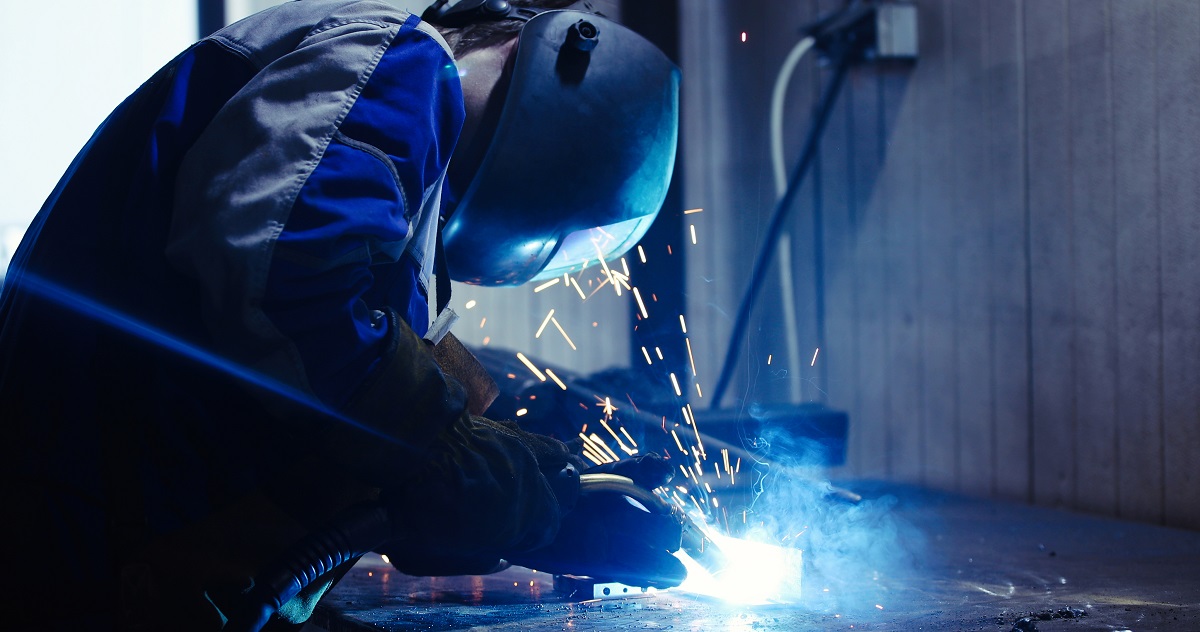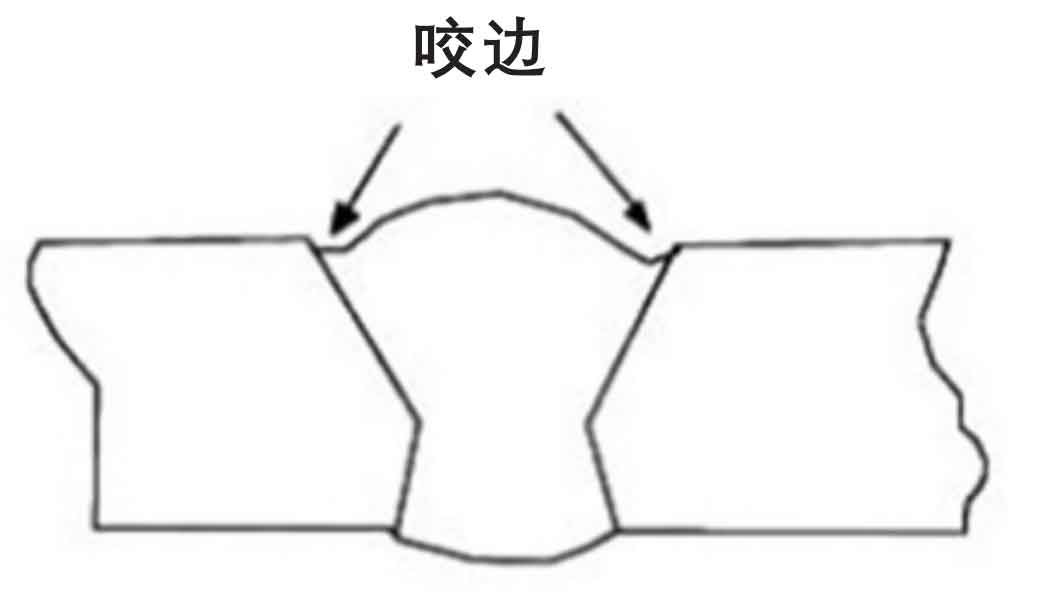Ideal Practices for Preventing Weld Undercut: Grasping the Basics
Ideal Practices for Preventing Weld Undercut: Grasping the Basics
Blog Article
Necessary Tips for Welders: Avoiding Undercut Welding and Ensuring Stronger Weld Joints
In the world of welding, achieving strong and resilient weld joints is the keystone of generating premium work. One usual challenge that welders typically encounter is undercut welding, which can jeopardize the honesty of the weld joint.

Comprehending Undercut Welding
Undercut welding is an usual welding issue that happens when the weld steel falls short to effectively load the groove and causes a groove-like anxiety along the weld grain. This flaw damages the weld joint, making it vulnerable to breaking and failing under anxiety. Undercutting can be triggered by different elements, including too much welding existing, high welding rate, inappropriate electrode angle, wrong electrode size, and poor welding strategy.
One of the major reasons for undercut welding is an inequality in between the welding present and the welding speed. If the welding current is as well high or the welding speed is too quickly, the weld steel might not effectively fill the groove, leading to damaging. In addition, utilizing an electrode that is also large can result in a comparable result, as the excess steel can not correctly flow right into the groove.
To stop undercut welding, welders need to ensure they are using the correct welding criteria, preserve an appropriate electrode angle, pick the proper electrode size, and method appropriate welding techniques. By dealing with these factors, welders can reduce the risk of damaging and produce stronger, much more reputable weld joints.
Correct Welding Method
Reliable welding strategy plays a crucial function in ensuring the high quality and honesty of weld joints. One essential element of appropriate welding method is preserving the proper angle and distance between the welding gun and the work surface.
Furthermore, a stable and regular hand activity is important for creating solid and durable weld joints. Welders must intend for smooth, consistent movements to guarantee even circulation of the weld product. Appropriate adjustment of the welding gun and filler material is additionally essential to accomplishing optimal penetration and fusion.
In addition, managing the heat input and picking the ideal welding specifications based upon the material being bonded are crucial consider accomplishing premium welds - Preventing weld undercut. Welders should adhere to the suggested settings offered by welding procedure requirements and adjust them as required based on the certain requirements of the project. By mastering proper welding techniques, welders can substantially improve the strength and reliability of their weld joints
Selecting the Right Electrode
When thinking about the significance of choosing the right electrode in welding applications,Preserving the correct angle and distance in between the welding weapon and the workpiece is fundamental. The selection of electrode plays an important function in identifying the top quality and strength of the weld joint. Electrodes are available in numerous kinds, each developed for certain purposes and materials.
To start with, choosing the ideal electrode diameter is vital. Thinner electrodes appropriate for welding slim materials, while thicker electrodes are better for thicker products and greater warmth applications. Matching the electrode here are the findings size to the density of the workpiece helps attain a well balanced weld.
Secondly, recognizing the material make-up of the electrode is important. Various electrodes are developed for welding particular products like steel, stainless-steel, aluminum, or cast iron. Using the correct electrode material makes sure excellent combination and reduces the danger of issues in the weld.
Last but not least, taking into consideration the welding position and technique is crucial when selecting the electrode type. Specific electrodes are much better suited for overhead or vertical welding positions, while others function well for flat or horizontal placements. Selecting the right electrode based upon the welding strategy enhances the general weld quality and stability.
Preparing the Base Metal
To make certain a successful welding procedure, what preliminary actions should be taken when preparing the base steel for welding? Appropriately preparing the base steel is vital for accomplishing strong and long lasting weld joints. The initial step in preparing the base steel is to cleanse it thoroughly to remove any pollutants such as rust, paint, dust, or oil. This can be done utilizing a wire chemical, grinder, or brush solvents. Furthermore, any kind of existing weld material or residue from previous welding must be removed to ensure a clean surface for the brand-new weld.

Conducting Post-Weld Evaluations

After performing these assessments, welders have to contrast the outcomes versus sector requirements and project requirements to guarantee that the weld joint satisfies all needed requirements. Any type of deviations or insufficiencies found during the post-weld inspection should be quickly addressed with ideal restorative actions to assure the weld's honesty. By carefully carrying out post-weld assessments and quickly dealing with any issues, welders can maintain the high quality and dependability of their job, ultimately adding to the safety and security and longevity of the bonded frameworks.
Conclusion

To conclude, preventing undercut welding and guaranteeing more powerful weld joints need a combination of appropriate welding method, choosing the right electrode, preparing the base steel correctly, and conducting post-weld evaluations. By recognizing the reasons of undercut welding and carrying out the needed preventative measures, welders can generate top notch weld joints that fulfill market check that standards and make sure the structural honesty of the bonded parts.
Undercut welding is a typical welding issue that happens when the weld metal falls short to effectively fill up the groove and results in a groove-like anxiety along the weld grain (Preventing weld undercut). Damaging can be caused by different aspects, including too much discover this welding present, high welding rate, inappropriate electrode angle, inaccurate electrode dimension, and inadequate welding technique
One of the major factors for undercut welding is an imbalance between the welding present and the welding rate. If the welding current is also high or the welding rate is also quick, the weld metal might not properly fill up the groove, leading to undercutting.Keeping the right angle and distance in between the welding weapon and the workpiece is essential when taking into consideration the significance of selecting the right electrode in welding applications.
Report this page